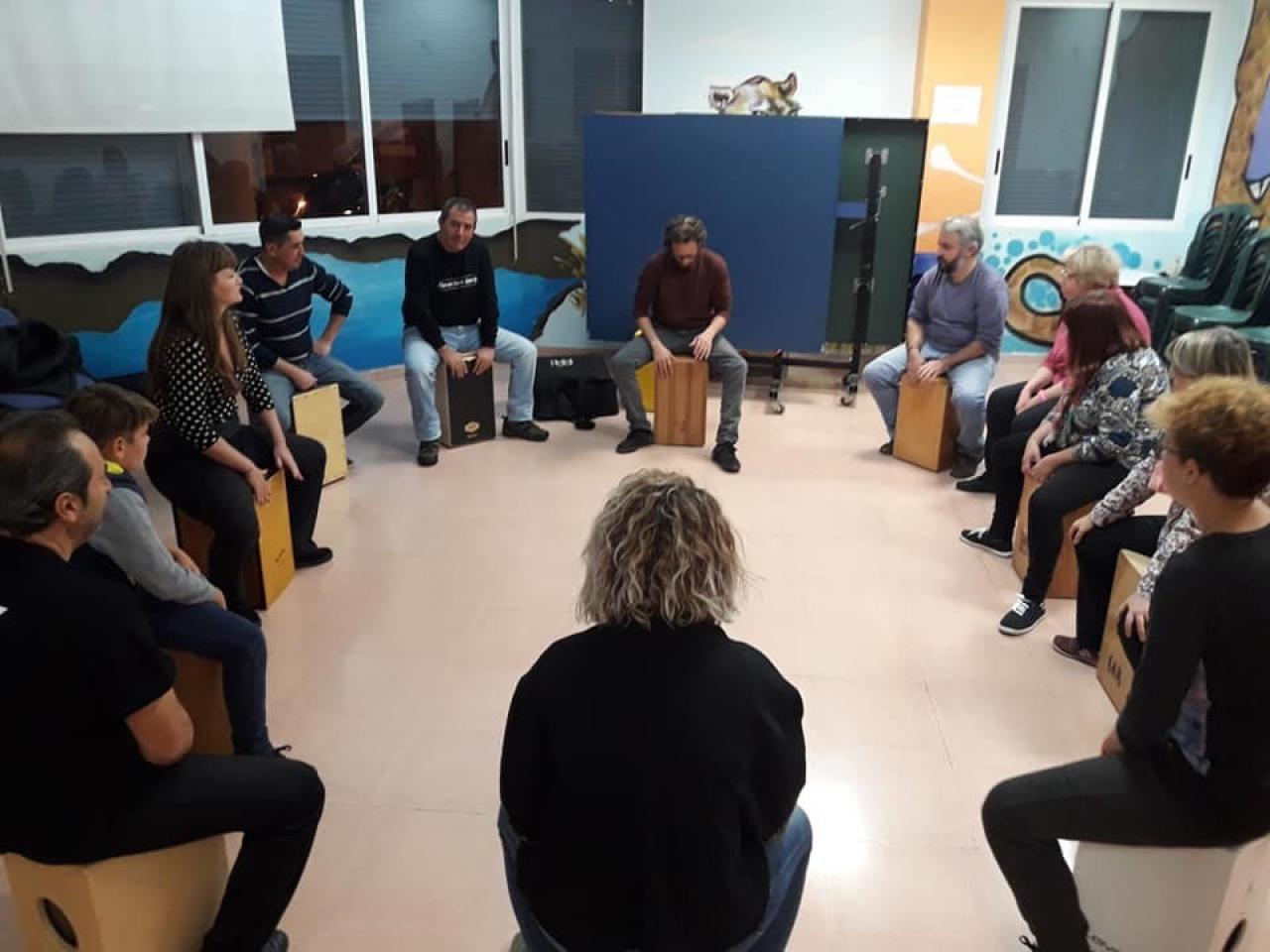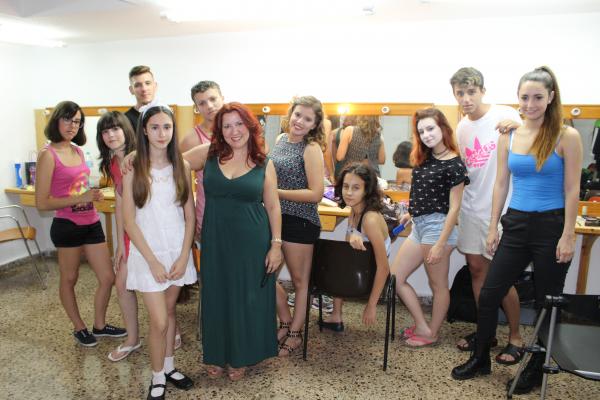
The Youth Information Center Racó Jove as such, and with this name, was born in 2020, although it comes from a long tradition that started in 1990 with the creation of the Youth Information Center. It has evolved and developed more and more activities until it became the Racó of today. In this way, one of the key moments has been the inauguration of the Santa Pola Civic and Social Center in 2000, which incorporated the activities of the Youth Information Center and represented a great change to expand its services, activities and spaces for young people. Interview with Antonio López Lafuente - coordinator of the Racó Jove of Santa Pola provides some insights about the work of the youth center.
When and how was Racó Jove born?
In 2020, the City Council wanted to give new impetus to youth policies and reinforce the philosophy that had characterized the Youth Information Center. It is in this context that the Racó Jove was born, a new space integrated into the Civic Center endowed with more resources and capacity, as well as a new image to be closer to young people.
What kind of activities does the Racó organize? What are your objectives as a space for citizen participation?
The objectives of the Racó are diverse and have evolved. Above all, the desire to become an educational leisure space for young people in Santa Pola stands out. The objective is to consolidate itself as a space for the socialization of youth, which contributes to their development and training as people through educational leisure activities. In this sense, a fundamental aspect of the Racó's activities is to enhance creativity and increase the commitment of young people to society.
Regarding activities, the Racó has specialized in promoting educational leisure and socialization values. In addition, the Racó has the objective of consolidating itself as a meeting point for youth, a space for school support, group work and the development of artistic skills. A range of activities is structured around these objectives, which are very diverse and adapt to the needs of young people and their different ages. As an example, we can highlight the artistic capacity development workshops, such as the Humorous Texts Contest, the weekly theater workshop for adolescents, the summer artistic workshop, the video editing activities or the wardrobe design workshop, among others.
All are important and significant. Although if I had to highlight one for its impact and good reception, it would undoubtedly be the theater workshop that, weekly, welcomes young people between 14 and 18 years old and introduces them to the world of the performing arts. On a personal level, it is a pride to see how some of the young people have made a professional career in this area.
What are the main challenges that Racó faces?
Participation and the generation of links with young people is undoubtedly one of them. It is fundamental and constitutes a challenge in itself. In this sense, the Youth Correspondent (a figure that builds bridges between the local administration and educational centers) is key to identifying the needs of young people and adapting the activities of the Racó. At the Racó we are continually rethinking ways to reach young people, to involve them in our activities. It is not easy to establish the communication channel with them, since they are evolving, and what may work one year, does not have to do it the following year or with young people of other ages. Although we have improved a lot, we still have a major challenge in this regard.
Despite everything, in recent months we have taken an important step forward, partly because of the state of alarm and lockdown. It has forced us to strengthen our digital strategy, on networks such as Instagram and Facebook.
What do you think are the main characteristics of the youth and associative participation network of Santa Pola?
From an associative point of view, Santa Pola has very few strictly youth associations. But this does not mean that young people do not participate. They do it in social, cultural and sports associations. In most of them, the youth component is essential. In the case of Santa Pola, the key is not in the number of associations but their activity and impact. Many of them are small and are not really active. Despite everything, we must value and recognize the work of the people involved in our associative network. And also recognize the concern that the City Council has had for them to have good facilities, resources and access to financing.
How do you imagine the future of Racó Jove in particular, and of associationism in Santa Pola in general?
It's hard to think long-term right now, the Covid-19 crisis has forced us to plan day by day. The general economic situation, and of the associations, does not help either. In spite of everything, the perspective is to increase the activities with the associative and reinforce them with the launch of new spaces in the coming years, as is the case of Vila Adelaida, which will become a space for citizen participation around art, science and literature.
Another positive aspect that must be highlighted is that the Covid crisis has helped us to plan the future in a different way and adapt our activities to new technologies. The key is to be in continuous recycling. Working with young people forces us to risk and innovate in work tools and to bet on networking to maintain their commitment.
What assessment do you make of Active NGOs as a project and of its impact on local associationism?
I have been fortunate to experience Active NGO from the beginning and have always seen it as an ambitious project. On a personal level, I consider it an opportunity to discover new ways of working to manage associative spaces in Europe. This exchange has strengthened us and has served to realize that we are not so far away and that other cities positively value what we do.
At the associative level, it has been a showcase for our associations, a way of making them and Santa Pola visible in Europe. It has also been an impulse to better understand our local reality, to improve internally at the organizational level and our services to citizens.

Interviewed by Mari Carmen Gonzalez and Marc Bassols

